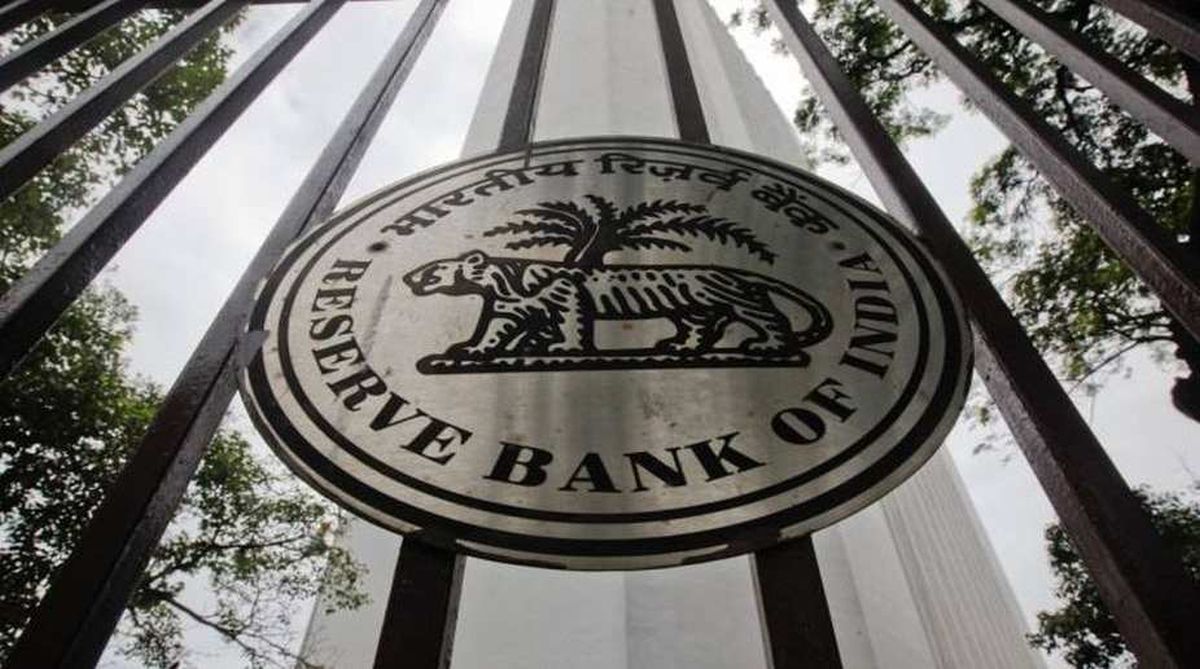New Framework
The appointment of former Reserve Bank of India Governor Shaktikanta Das as “Principal Secretary-2” to Prime Minister Narendra Modi marks a significant shift in governance strategy.

Reserve Bank of India (RBI) (Photo: Facebook)
Having arrogantly dismissed the government’s ignominious spat with the Reserve Bank of India, arguably the repository of the country’s financial and fiscal wisdom, in a tweet, as “misinformed speculation”, Mr Subhash Chandra Garg, Secretary of the Department of Economic Affairs, may have banged the door shut on the unseemly washing of dirty linen in public but not before exposing a covetous government eyeing the nest egg with the central bank, which holds Rs 28,724 billion in reserves.
That the ‘government’s fiscal math is completely on track’, as Mr Garg insists, is hardly convincing and the temptation to commandeer the RBI surpluses to cover up for its fiscal profligacy must be great. Nevertheless, the surpluses are critical to meet future contingencies in a world where financial meltdowns are a dime a dozen and to address India’s self-inflicted injuries, courtesy demonetisation and an incompetently executed Goods and Service Tax Act, which have given rise to unexpected economic headwinds.
Advertisement
The RBI’s position derives sanctity from its preamble that requires it to “regulate the issue of bank notes and keeping of reserves with a view to securing monetary stability in India and generally to operate the currency and credit system of the country to its advantage; to have a modern monetary policy framework to meet the challenge of an increasingly complex economy, to maintain price stability while keeping in mind the objective of growth”.
Advertisement
The RBI is not just the banker to the government but also formulates, implements and monitors monetary policy; issues currency; helps manage inflation while promoting growth; implements the Foreign Exchange Management Act, 1999 with all its complexities; maintains a Minimum Reserve System; supervises banking operations and, while supposedly independent, performs with frequent meddling by the government.
This makes it virtually impossible for the RBI, or any banking institution, to really apply the brakes on unwarranted corporate loans. Post the Nirav Modi fiasco, however, the central bank chose to defy interference and insisted that banks declare and provision for delayed corporate repayments beyond 90 days; acted tough with two banks with errant chief executives and reined in all the poorly functioning public sector banks demanding prompt corrective action.
The ensuing revelation of the hapless position vis-à-vis non-performing assets ~ enhanced to upwards of Rs 10 lakh crore ~ as a result of the RBI’s tough stand could not have gone down well with the government. That it would retaliate by using its powers under Section 7 of the Reserve Bank of India Act, to get the central bank to toe its line ~ a measure never used in the past eight decades ~ is in keeping with the government’s character and its dire need for funds in this electoral season.
Prudence would, however, entail heeding the words of the RBI deputy governor, Dr Viral Acharya, that governments failing to respect their central bank’s independence would “sooner or later incur the wrath of financial markets”.
Advertisement